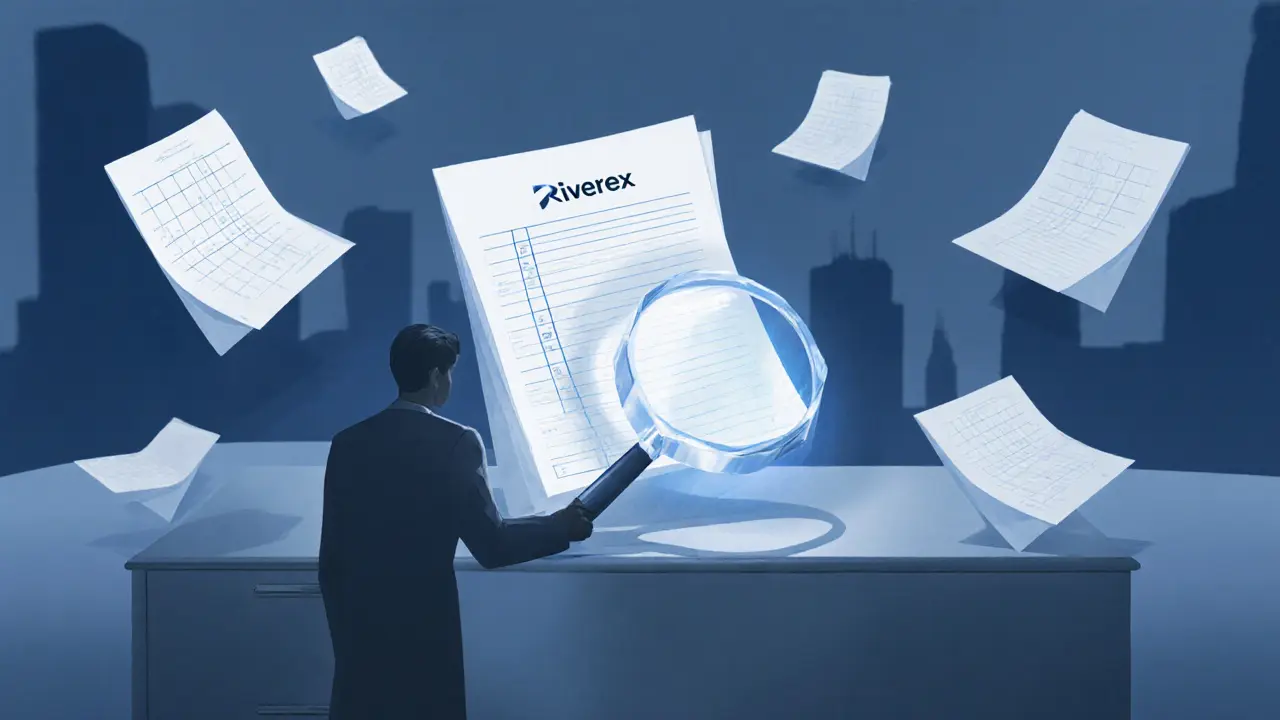Crypto Exchange Compliance: Why It Matters and What You Need to Know
When dealing with crypto exchange compliance, the set of rules and processes that ensure a digital asset platform operates within legal boundaries. Also known as exchange regulation, it shapes everything from user onboarding to fund security. A core component is KYC, Know‑Your‑Customer procedures that verify a trader’s identity, which works hand‑in‑hand with AML, Anti‑Money‑Laundering monitoring that tracks suspicious transactions. Together they form the backbone of a compliant exchange.
Regulators around the globe issue licensing, formal authorizations that allow an exchange to offer services in a jurisdiction. Holding a license signals that an exchange has passed security audits, maintains adequate capital reserves, and follows consumer‑protection rules. In the US, for example, a BitLicense from the New York Department of Financial Services sets strict standards for data handling and reporting. In Europe, MiCA (Markets in Crypto‑Assets) aims to harmonize licensing across member states, reducing fragmentation for cross‑border platforms.
From a practical standpoint, compliance dictates the user journey. New users must submit government‑issued IDs, proof of address, and sometimes a selfie to pass KYC checks. Once verified, the exchange runs AML algorithms that scan transaction patterns against sanction lists and known illicit wallets. If red flags appear, the platform must file a Suspicious Activity Report (SAR) within a defined timeframe. These steps protect both the trader and the broader ecosystem from fraud and illicit activity.
Compliance isn’t just a legal checkbox; it directly influences trust and liquidity. Exchanges that demonstrate robust KYC/AML frameworks attract institutional investors who demand transparency. Moreover, licensing often unlocks fiat on‑ramps, making it easier for everyday users to deposit and withdraw in cash. The result is a healthier market where price discovery is more reliable and users feel safe holding assets on the platform.
However, navigating compliance can be tricky. Different jurisdictions have divergent definitions of what constitutes a crypto asset, leading to varying reporting obligations. Some countries, like Japan, require exchanges to register with the Financial Services Agency and undergo regular audits, while others adopt a lighter touch. This patchwork forces global platforms to adopt a “best‑of‑both‑worlds” approach: meet the strictest standards to simplify operations and avoid costly retrofits later.
Technology plays a big role in easing the burden. RegTech solutions—software that automates KYC verification, real‑time AML monitoring, and regulatory reporting—have become industry staples. Blockchain analytics firms provide on‑chain risk scores that help exchanges flag high‑risk wallets instantly. Leveraging these tools lets platforms stay ahead of regulator updates and reduce manual compliance costs.
Below you’ll find a curated list of articles that break down each piece of crypto exchange compliance in detail. Whether you’re a trader curious about why you need to upload an ID, a developer building a compliant platform, or an investor assessing the safety of an exchange, the resources here will give you actionable insights and up‑to‑date guidance.

